It’s an old Fort Worth family whose given names evoke the Bible (Thomas, Peter, Martha, Jesse, Samuel, Hiram, and, yes, Shadrach, Meshach, and Abednego) and whose distinctive surname has long been associated with local places (three streets, two parks [one formerly a golf course], seven housing additions, two college buildings in Fort Worth and one college building in Dallas).
Boaz.
But the long-familiar Boaz surname, like that of Daggett, Swartz, and Sansom, could refer to one of three or more individuals.
So, just who do we mean when we say “Boaz”?
Chief bearers of the Boaz surname in Fort Worth were William Jesse, Hiram Abiff, and Z.—one cousin and two brothers who were prominent in the three Rs of Texas: ranching, real estate, and religion.
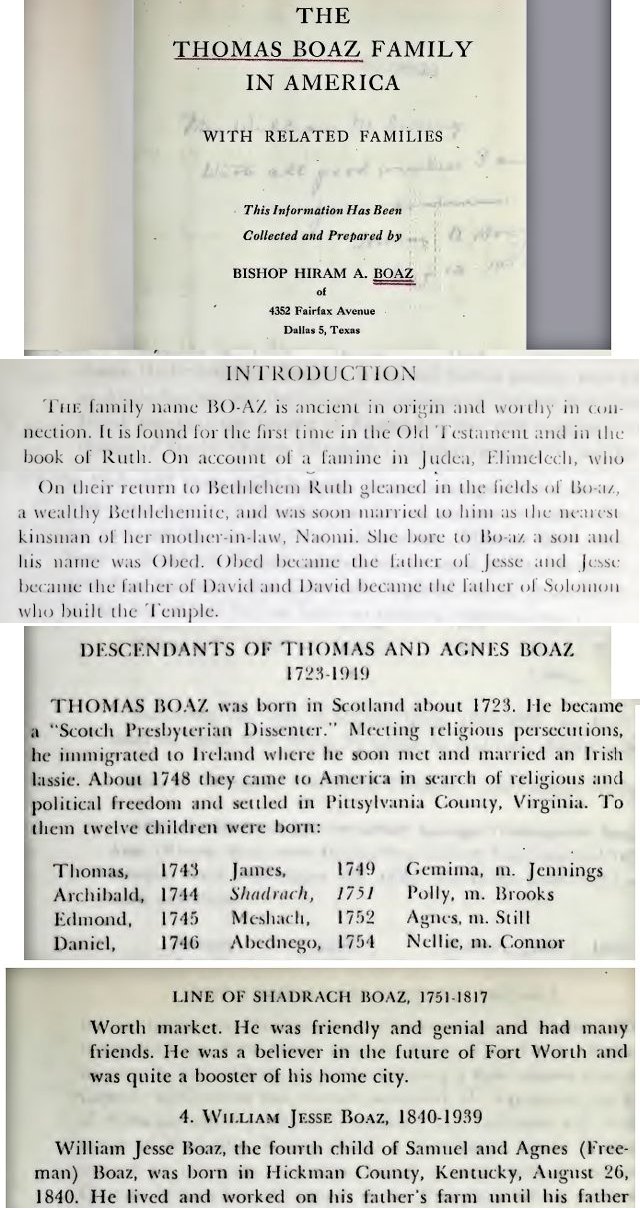 The founder of this Boaz line in America was Thomas Boaz, born in 1714 in Scotland, immigrated to America about 1747 with wife Agnes. Among their several sons were Shadrach, Meshach, and Abednego. Samuel Boaz (father of William Jesse) and Peter Boaz (father of Hiram Abiff and Z.) were cousins descended from Shadrach Boaz.
The founder of this Boaz line in America was Thomas Boaz, born in 1714 in Scotland, immigrated to America about 1747 with wife Agnes. Among their several sons were Shadrach, Meshach, and Abednego. Samuel Boaz (father of William Jesse) and Peter Boaz (father of Hiram Abiff and Z.) were cousins descended from Shadrach Boaz.
The families of Samuel and Peter lived in the southwestern corner of Kentucky. In 1850 Samuel and wife Agnes and children migrated to Birdville. In 1873 Peter and wife Louise Ann and children followed Samuel to Birdville.
William Jesse Boaz
W. J. Boaz was a generation older than his cousins Hiram and Z. He was ten when his family settled in Birdville, twenty-one when the Civil War began. In 1862 he enlisted in Fort Worth in Colonel George H. Sweet’s regiment, Fifteenth Texas Cavalry. In January 1863 the entire command—eight thousand men—was captured by Union troops. The prisoners were shipped to Camp Douglas near Chicago.
Boaz later wrote: “In the meantime, I with one other comrade had escaped from the camp and after making our way from that place south to near the north line of the state of Mississippi was recaptured and exchanged. I rejoined Deshler’s Brigade at or near War Trace in the state of Tennessee. Later I took part in battles at Murfreesboro, Chickamauga, Missionary Ridge, Franklin, Nashville, and Atlanta. In the latter part of the war up to the battle of Franklin, Granbury commanded the brigade, Generals Pat Cleburne, Joseph E. Johnston, and Hood the Army.”
In 1864 General Granbury promoted Boaz to the rank of second lieutenant.
After the war Boaz returned to Birdville, where he worked as a clerk, traded horses and cattle, operated a store with his brother Robert Leonidas. The two brothers then moved to Fort Worth and again operated a store.
About 1870 Boaz partnered with James F. Ellis in a “mercantile business” in Fort Worth.
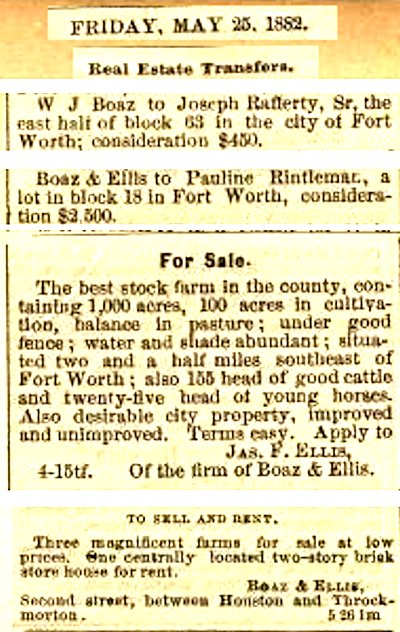 Like Sam Rosen on the North Side and Khleber Miller Van Zandt on the West Side, W. J. Boaz began as a merchant and used his profits to go into the real estate business. In 1877 Boaz and Ellis formed a real estate company. They partnered until 1885, when Boaz founded his own real estate company.
Like Sam Rosen on the North Side and Khleber Miller Van Zandt on the West Side, W. J. Boaz began as a merchant and used his profits to go into the real estate business. In 1877 Boaz and Ellis formed a real estate company. They partnered until 1885, when Boaz founded his own real estate company.
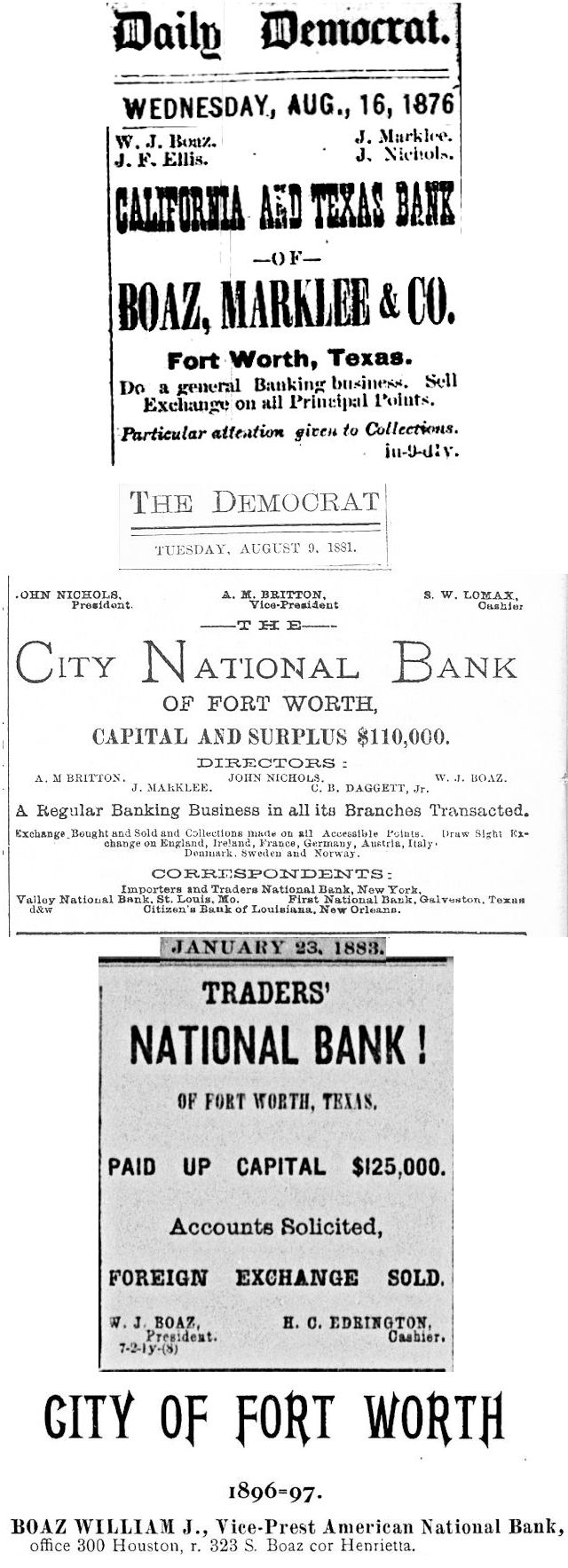 Boaz also was a banker. In 1874 he began his association with the first of four Fort Worth banks, buying M. B. Loyd’s interest in the California and Texas Bank. When that bank became City National Bank, Boaz remained a director. He also was an officer of Traders’ National and American National banks.
Boaz also was a banker. In 1874 he began his association with the first of four Fort Worth banks, buying M. B. Loyd’s interest in the California and Texas Bank. When that bank became City National Bank, Boaz remained a director. He also was an officer of Traders’ National and American National banks.
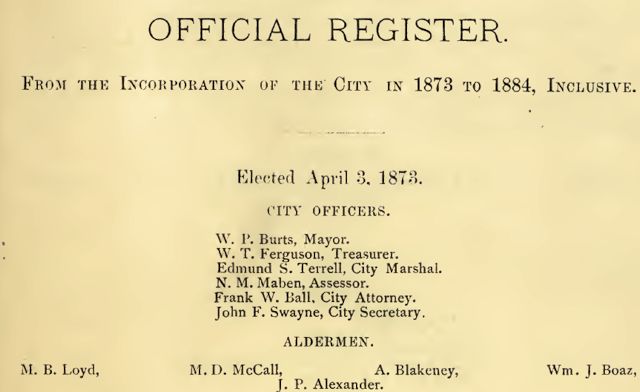 When Fort Worth incorporated in 1873, W. J. was among the first elected city officials, along with Loyd, William Paxton Burts, and Ed Terrell.
When Fort Worth incorporated in 1873, W. J. was among the first elected city officials, along with Loyd, William Paxton Burts, and Ed Terrell.
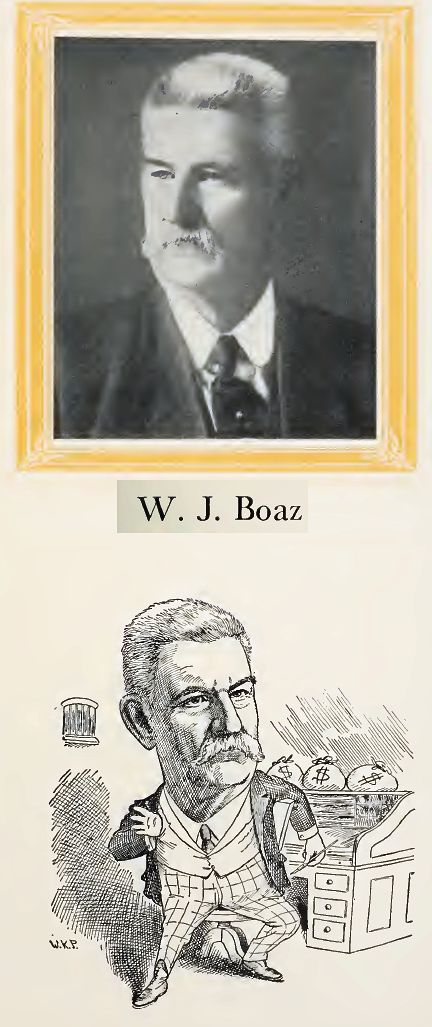 Boaz was one of the civic leaders who formed the Tarrant County Construction Company to bring the railroad to town in 1876. He was vice president of the company that built the El Paso Hotel in 1877. He also was on the board of Fort Worth Benevolent Home and a financial supporter of Fort Worth University and Missouri Avenue Methodist Church.
Boaz was one of the civic leaders who formed the Tarrant County Construction Company to bring the railroad to town in 1876. He was vice president of the company that built the El Paso Hotel in 1877. He also was on the board of Fort Worth Benevolent Home and a financial supporter of Fort Worth University and Missouri Avenue Methodist Church.
 Among Boaz’s earliest developments was his Boaz Summit addition southeast of downtown near the Alford Veal addition.
Among Boaz’s earliest developments was his Boaz Summit addition southeast of downtown near the Alford Veal addition.
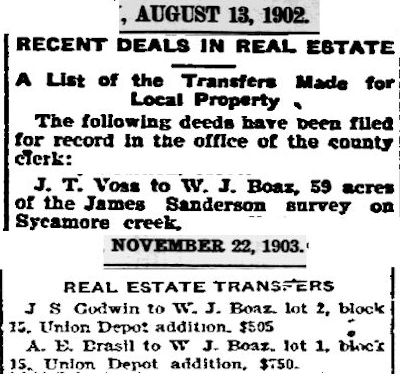
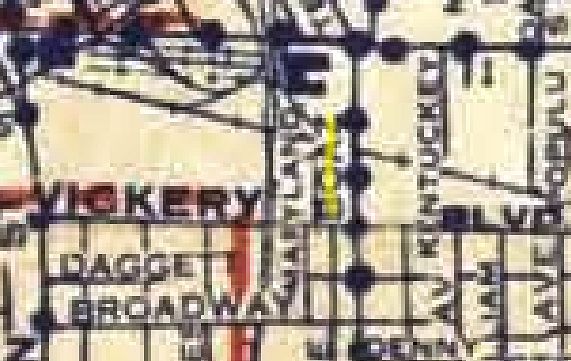 Boaz lived on Boaz Street in his namesake addition and in 1901 established his real estate office on Boaz Street at East Vickery Boulevard. The Star-Telegram said he would become the largest individual property owner in Fort Worth. Some of his additions (Boaz Summit addition, Boaz addition on Samuels Avenue) were small.
Boaz lived on Boaz Street in his namesake addition and in 1901 established his real estate office on Boaz Street at East Vickery Boulevard. The Star-Telegram said he would become the largest individual property owner in Fort Worth. Some of his additions (Boaz Summit addition, Boaz addition on Samuels Avenue) were small.
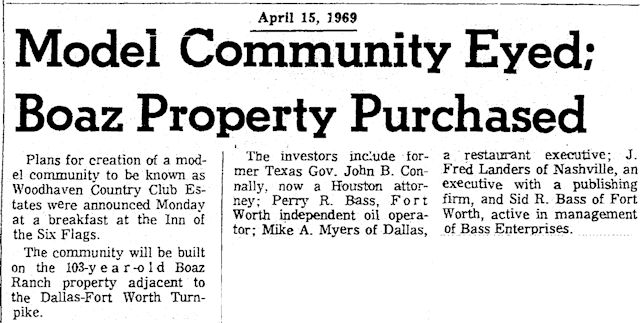 But on the East Side, Woodhaven Country Club Estates and Meadowbrook Golf Course would be built on land W. J. owned.
But on the East Side, Woodhaven Country Club Estates and Meadowbrook Golf Course would be built on land W. J. owned.
 Boaz listed himself in the 1910 census as a dealer in land and lots.
Boaz listed himself in the 1910 census as a dealer in land and lots.
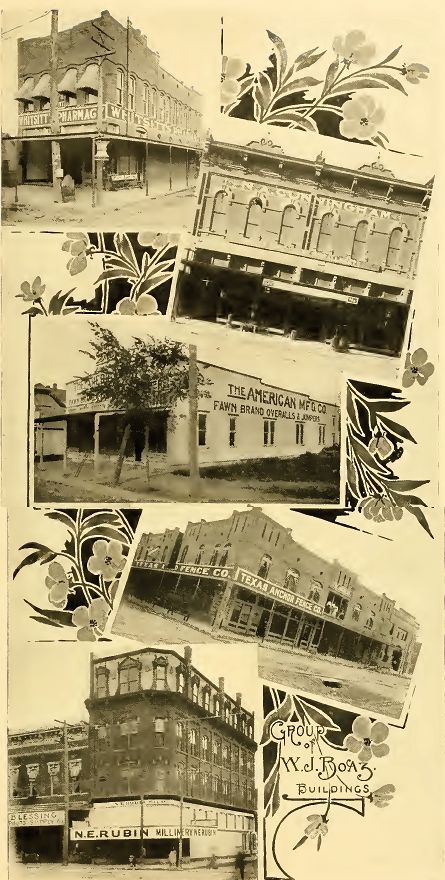 The book Greater Fort Worth (1907) included this “group of W. J. Boaz buildings,” including City National Bank (bottom).
The book Greater Fort Worth (1907) included this “group of W. J. Boaz buildings,” including City National Bank (bottom).

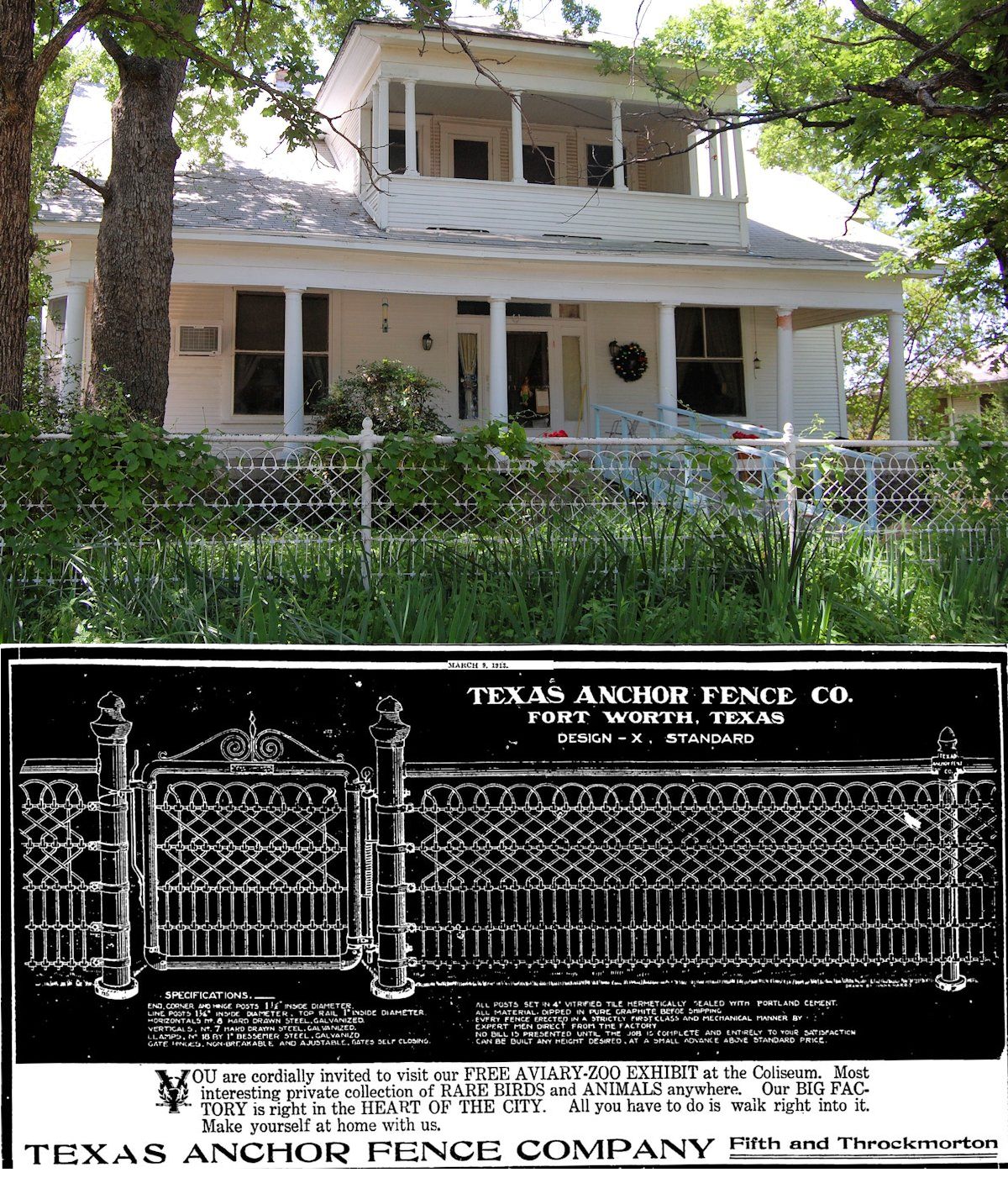 Boaz moved to the East Side about 1900 and lived near Polytechnic College. About 1913 he built this house at 2608 Carter Avenue in Meadowbrook.
Boaz moved to the East Side about 1900 and lived near Polytechnic College. About 1913 he built this house at 2608 Carter Avenue in Meadowbrook.
Note the fence. Boaz was also vice president of Fort Worth’s Texas Anchor Fence Company.
 William Jesse Boaz died in his Carter Avenue house in 1916. His estate was valued at $1 million ($23 million today).
William Jesse Boaz died in his Carter Avenue house in 1916. His estate was valued at $1 million ($23 million today).
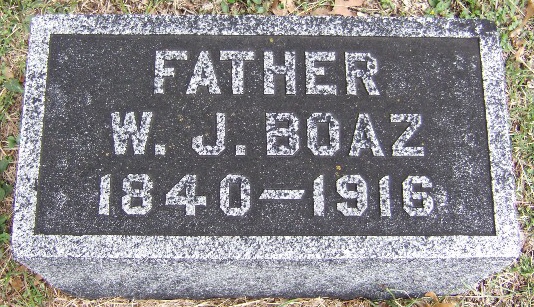 He is buried in Oakwood Cemetery.
He is buried in Oakwood Cemetery.
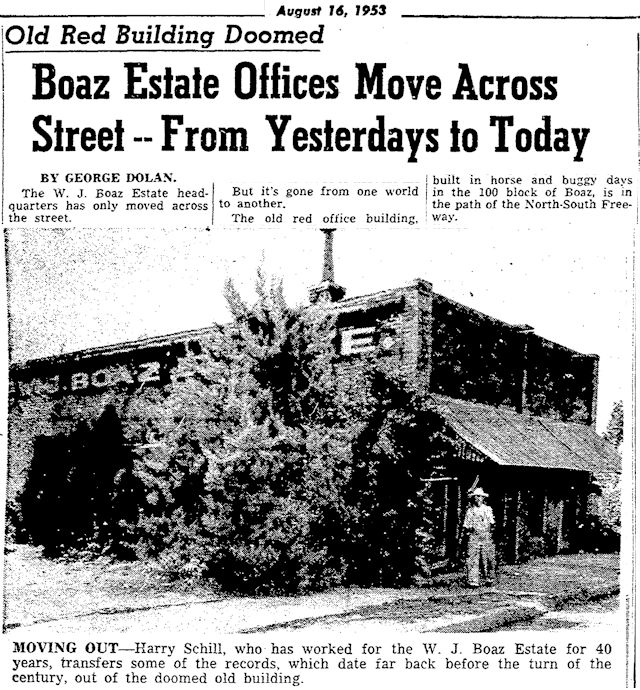 For a half-century Boaz and then his sons operated out of the little red brick real estate office on Boaz Street. But in 1953 his office and his namesake street were in the way of Interstate 35. When the building fell, among its furnishings were W. J.’s coal stove and two-piece candlestick-type telephone. (Note the George Dolan byline.)
For a half-century Boaz and then his sons operated out of the little red brick real estate office on Boaz Street. But in 1953 his office and his namesake street were in the way of Interstate 35. When the building fell, among its furnishings were W. J.’s coal stove and two-piece candlestick-type telephone. (Note the George Dolan byline.)
(Serial killer trivia: W. J. Boaz had an older brother, David (“Tuck”). Jim Atkinson and Judy Wood write in Fort Worth’s Huge Deal that David was a benefactor of Minnie Williams. In fact, David gave Minnie the downtown property that aroused the interest of . . . serial killer Dr. Henry Howard Holmes. And we all know how that turned out.)
Hiram Abiff Boaz
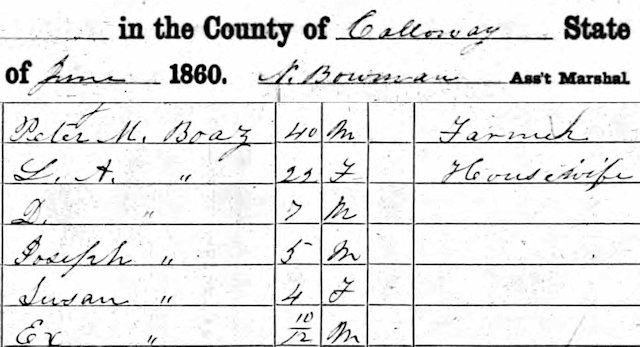 W. J. Boaz was back in Birdville after the war when cousin Hiram Abiff was born to Peter Maddox and Louise Ann Boaz in Kentucky in 1866. (In Masonic tradition the original Hiram Abiff was the chief architect of King Solomon’s Temple. See also 1 Kings 5:1-10.)
W. J. Boaz was back in Birdville after the war when cousin Hiram Abiff was born to Peter Maddox and Louise Ann Boaz in Kentucky in 1866. (In Masonic tradition the original Hiram Abiff was the chief architect of King Solomon’s Temple. See also 1 Kings 5:1-10.)
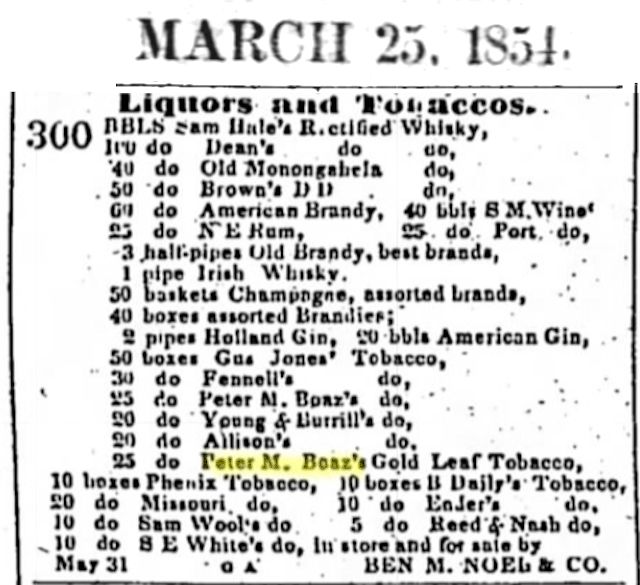 Hiram’s father Peter had been a successful tobacco grower in Kentucky until the war wiped out his fortune.
Hiram’s father Peter had been a successful tobacco grower in Kentucky until the war wiped out his fortune.
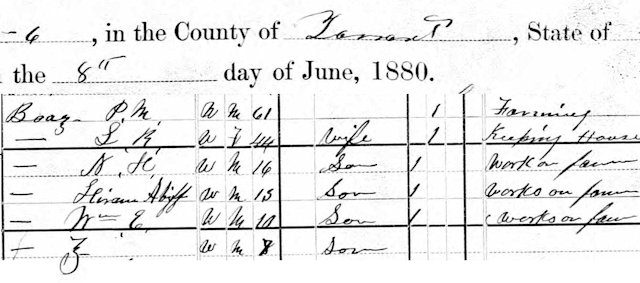 In 1873 Peter and Louise Ann moved to Birdville with their six sons, including Hiram Abiff and Z., perhaps encouraged by cousin Samuel and hoping to repeat the success of Samuel and sons here.
In 1873 Peter and Louise Ann moved to Birdville with their six sons, including Hiram Abiff and Z., perhaps encouraged by cousin Samuel and hoping to repeat the success of Samuel and sons here.
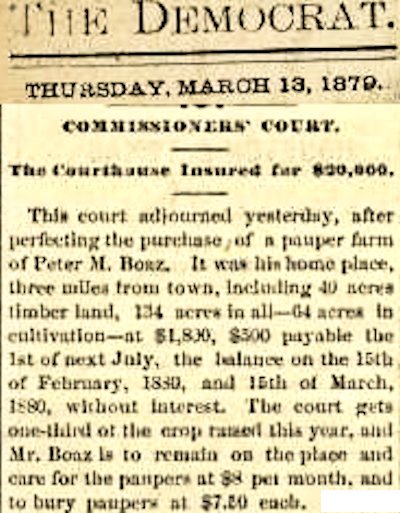 In 1879 the county bought Peter’s farm to operate as the county’s first poor farm. Boaz was to be paid to remain at the poor farm to care for the living and bury the dead.
In 1879 the county bought Peter’s farm to operate as the county’s first poor farm. Boaz was to be paid to remain at the poor farm to care for the living and bury the dead.
From the poor farm Peter and family moved to ranchland near where Benbrook Lake is today.
After Peter died in 1882, his widow (and mother of Hiram Abiff and Z.) married James M. Benbrook, for whom the city is named.
Son Hiram, born in 1866, is said to have converted to Methodism at a camp meeting at Old Rawhide Crossing on Mary’s Creek in Benbrook.
Hiram attended Sam Houston Normal Institute and Southwestern University and then taught in Fort Worth schools for two years.
 He then entered the Methodist ministry, pastoring churches in Fort Worth, Abilene, and Dublin. In 1896 he was pastor of Mulkey Memorial Methodist Episcopal Church South on the near South Side of Fort Worth. (Ireland Street today is Cannon Street.)
He then entered the Methodist ministry, pastoring churches in Fort Worth, Abilene, and Dublin. In 1896 he was pastor of Mulkey Memorial Methodist Episcopal Church South on the near South Side of Fort Worth. (Ireland Street today is Cannon Street.)
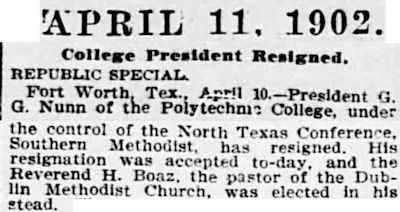
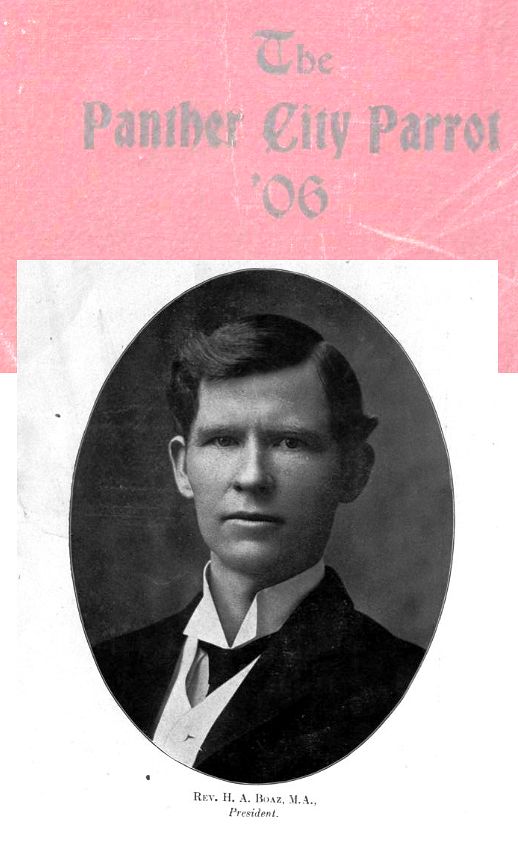 Hiram Boaz became president of Polytechnic College in 1902 at age thirty-six. He served nine years, during which time enrollment grew from 200 to 1,000. Photo is from the 1906 Panther City Parrot yearbook.
Hiram Boaz became president of Polytechnic College in 1902 at age thirty-six. He served nine years, during which time enrollment grew from 200 to 1,000. Photo is from the 1906 Panther City Parrot yearbook.
 Hiram, too, was a land developer. He partnered with S. S. Dillow) in the Boaz & Dillow addition near the college. Dillow lived across Rosedale Street from the college.
Hiram, too, was a land developer. He partnered with S. S. Dillow) in the Boaz & Dillow addition near the college. Dillow lived across Rosedale Street from the college.
In 1911 Hiram took leave from Polytechnic College to raise money to build a new Methodist college in Dallas: SMU. He also became the first vice president of SMU that year.

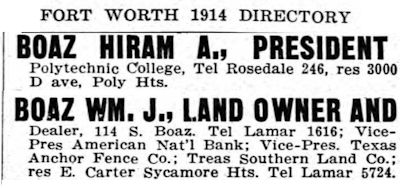
He was elected president of Polytechnic College again in 1913 and served five more years. Under his tenure the college became Texas Woman’s College in 1914.
From 1920 to 1922 he was the second president of SMU.
He was made a bishop in 1922 and was sent to Asia (Japan, Korea, China, Siberia) as a missionary.
He retired in 1938 and wrote the Boaz family history.
 Hiram Abiff Boaz died in 1962.
Hiram Abiff Boaz died in 1962.
 He is buried Sparkman Hillcrest Memorial Park in Dallas.
He is buried Sparkman Hillcrest Memorial Park in Dallas.
“Hiram” is a biblical name. But “Hiram Abiff” is also the name of a character in a Masonic allegory. I do not know if father Peter was a Mason, but son Hiram Abiff was thirty-third degree.
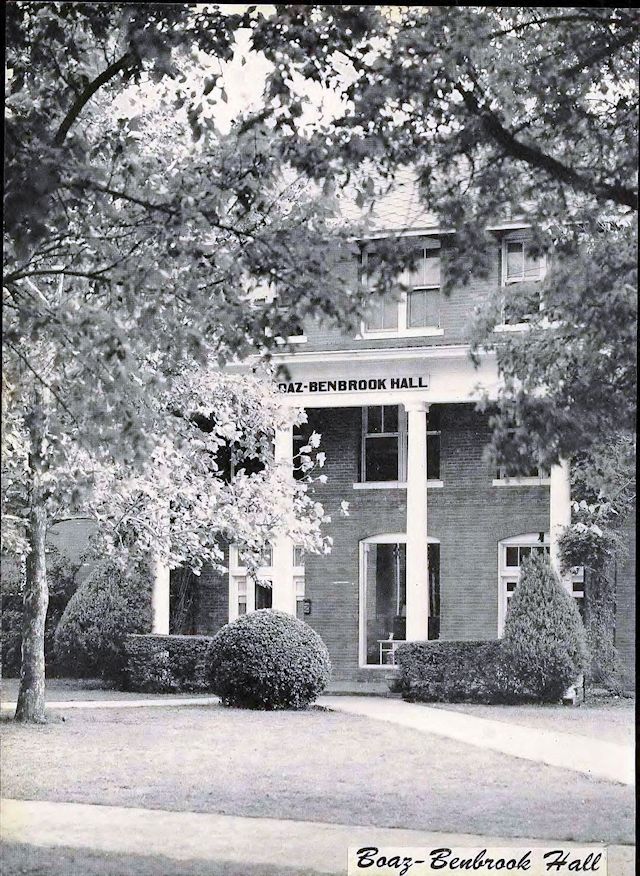 Two buildings at Polytechnic College/Texas Woman’s College/Texas Wesleyan College were named for one or more Boaz: Boaz Benbrook Hall and Boaz Student Center. I assume the student center was named for Hiram, but because of the Boaz family connection to the Benbrook family, I do not know for whom Boaz Benbrook Hall was named. The building was torn down in 1965 to make way for a new science building.
Two buildings at Polytechnic College/Texas Woman’s College/Texas Wesleyan College were named for one or more Boaz: Boaz Benbrook Hall and Boaz Student Center. I assume the student center was named for Hiram, but because of the Boaz family connection to the Benbrook family, I do not know for whom Boaz Benbrook Hall was named. The building was torn down in 1965 to make way for a new science building.
The nomenclature is less nebulous at SMU: Boaz Hall there is named for Hiram.
Z. Boaz
Hiram Abiff Boaz’s brother Z. was one year old when the family moved to Birdville from Kentucky in 1873.
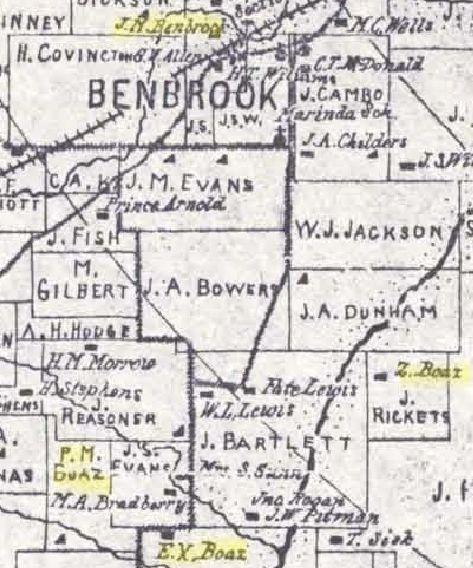 Twenty years later Z. bought 254 acres near Benbrook and parlayed that into a ranch and then bought more real estate along the western edge of Tarrant County. The 1895 map also shows the homes of father Peter Maddox Boaz, brother Ex Boaz, and James M. Benbrook.
Twenty years later Z. bought 254 acres near Benbrook and parlayed that into a ranch and then bought more real estate along the western edge of Tarrant County. The 1895 map also shows the homes of father Peter Maddox Boaz, brother Ex Boaz, and James M. Benbrook.
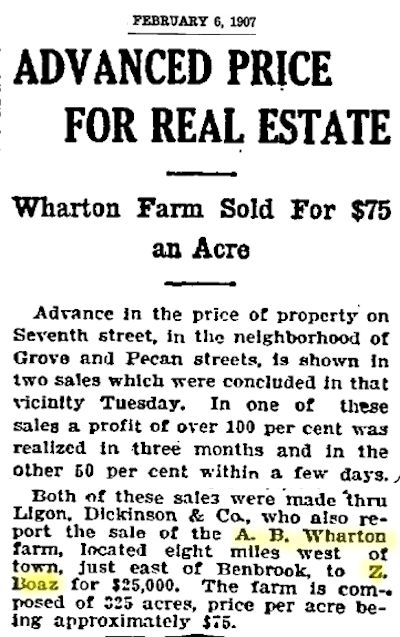 In 1907 he bought the farm of A. B. Wharton.
In 1907 he bought the farm of A. B. Wharton.
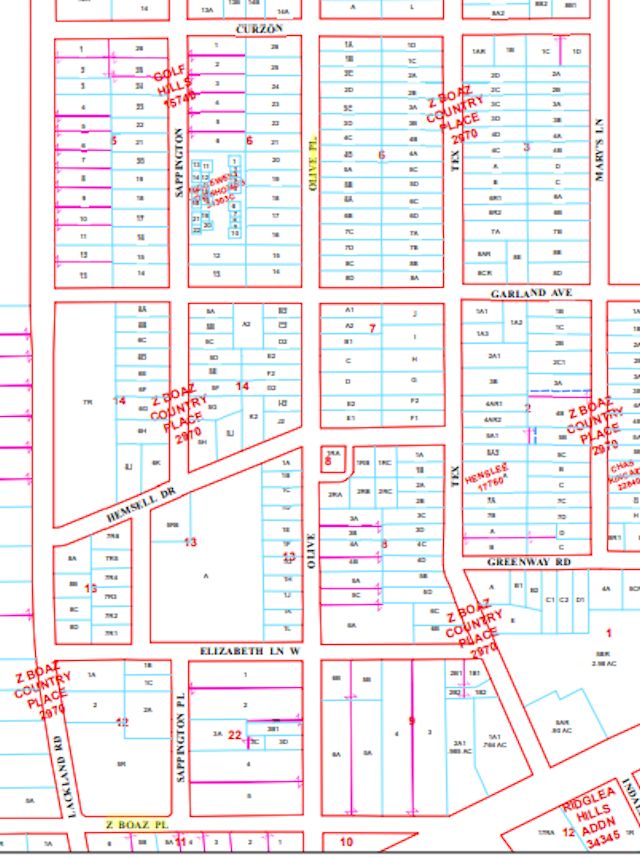 Z. Boaz Country Place addition also is on the West Side. Note the Z. Boaz Place street. And Olive Place was named for a daughter.
Z. Boaz Country Place addition also is on the West Side. Note the Z. Boaz Place street. And Olive Place was named for a daughter.
He donated to the city two parcels of land for South Z. Boaz Park and North Z. Boaz Park (formerly Z. Boaz Golf Course).
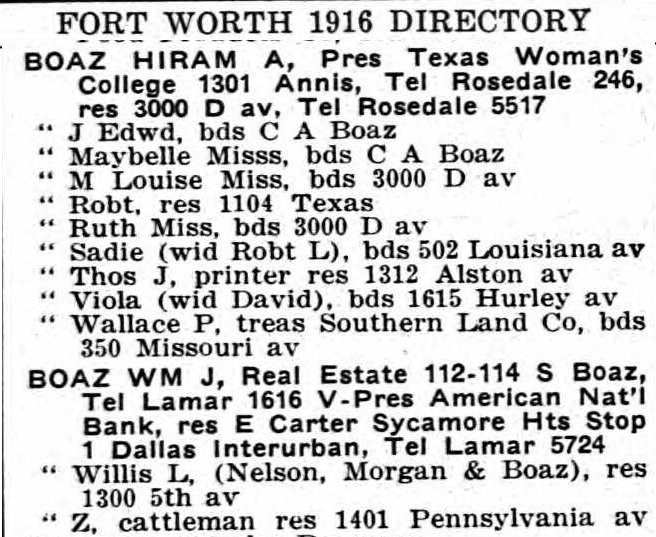 About 1915 Z. Boaz moved to 1401 Pennsylvania Avenue on Quality Hill, and in 1916 for the first time all three men appeared in the Fort Worth city directory.
About 1915 Z. Boaz moved to 1401 Pennsylvania Avenue on Quality Hill, and in 1916 for the first time all three men appeared in the Fort Worth city directory.
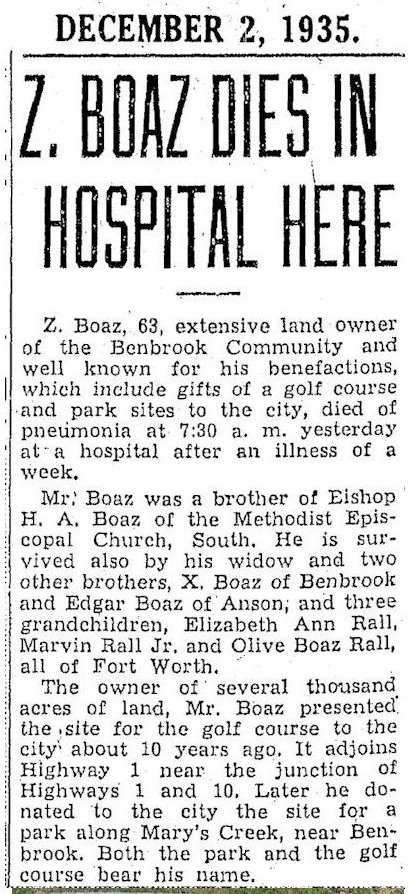
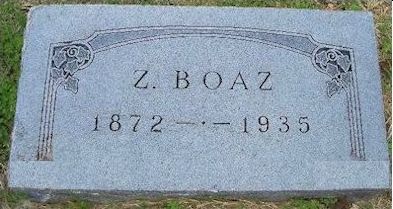 Z. Boaz died in 1935 and is buried in Benbrook Cemetery.
Z. Boaz died in 1935 and is buried in Benbrook Cemetery.
In the obituary, the brother referred to as “X” was actually named “Ex Norton,” according to Hiram’s history of the family.
The Boazes had an affinity for unusual names. Z. Boaz’s wife’s first name was “Texas.” They named a son “Thank.”
 The Boaz additions in Fort Worth. Boaz Turnpike addition probably was platted by W. J.’s sons.
The Boaz additions in Fort Worth. Boaz Turnpike addition probably was platted by W. J.’s sons.
Right about now I hear you say, “This is all well and good, Hometown. I now know ten times more about these three guys than I woke up this morning wanting to know. And yet you somehow managed to not answer the one question I did have: What the heck does the Z. stand for?”
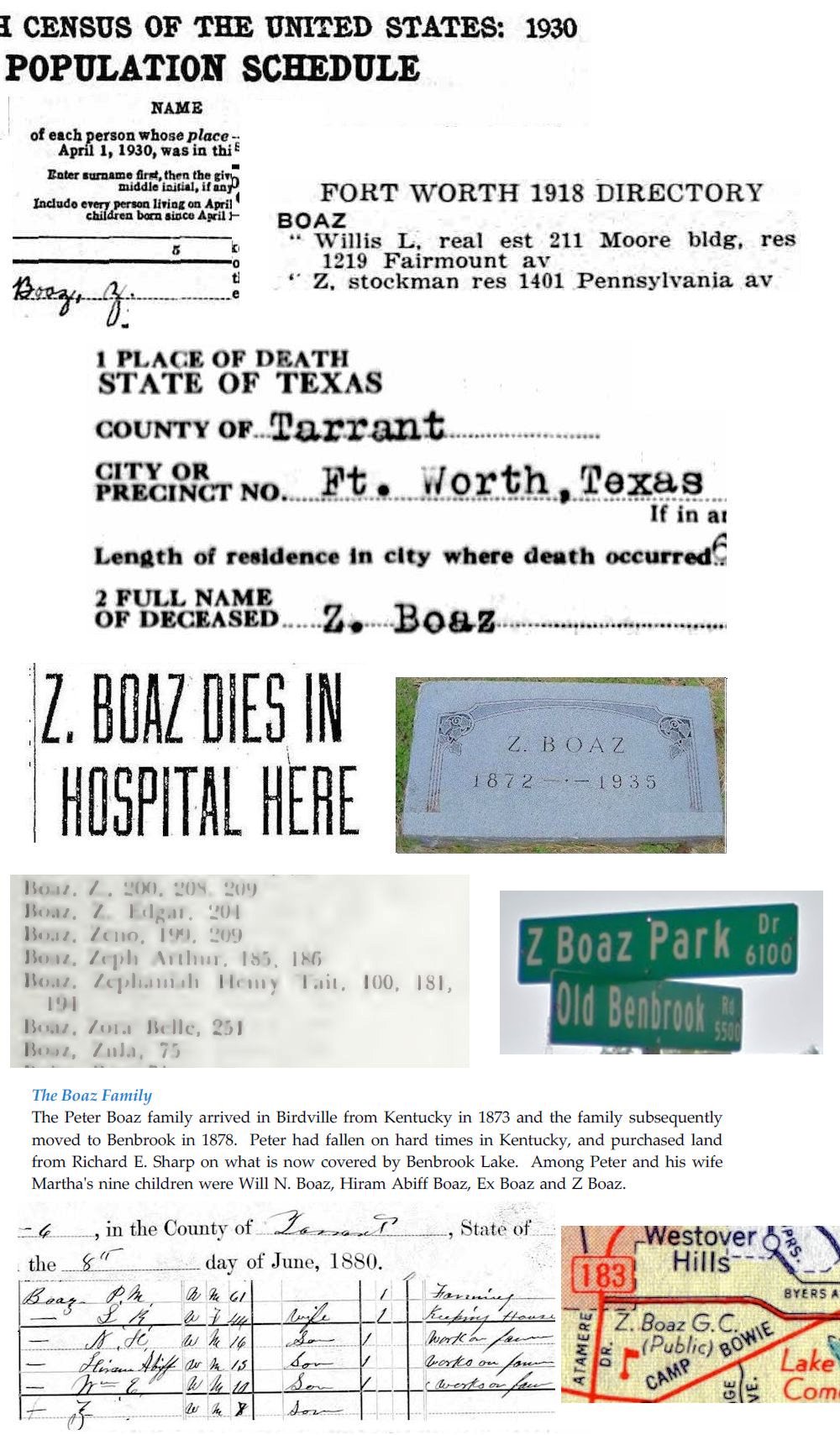 I knew you’d ask that. Nowhere—not in newspapers, censuses, most city directories, death certificate, tombstone, or even the exhaustive Boaz family history written by brother Hiram Abiff—is Z. Boaz’s full first name given. I had about given up on ever finding out.
I knew you’d ask that. Nowhere—not in newspapers, censuses, most city directories, death certificate, tombstone, or even the exhaustive Boaz family history written by brother Hiram Abiff—is Z. Boaz’s full first name given. I had about given up on ever finding out.
But notice that I wrote “most city directories.”
Late in his life Z. Boaz began appearing in city directories as . . .
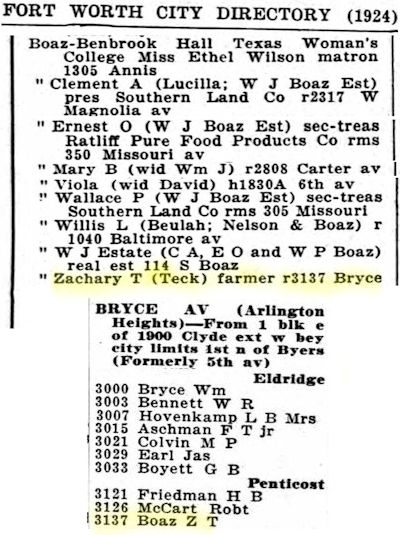
Zachary.
My work here is done.






Well, what can you tell about Z’s brother, ex Norton? I’d like info on him. He was an MD. Graduated,I think, in the first class of the Fort Worth Medical School…
I don’t find much in newspaper archives on Ex Norton. I have e-mailed you his 1937 obituary. Buried in Benbrook Cemetery.
Three Hoots for “Zachary”!